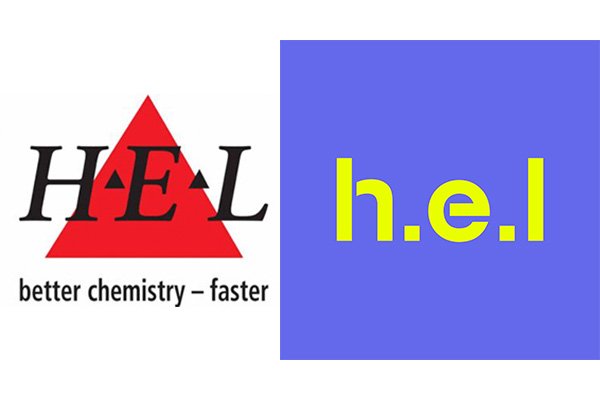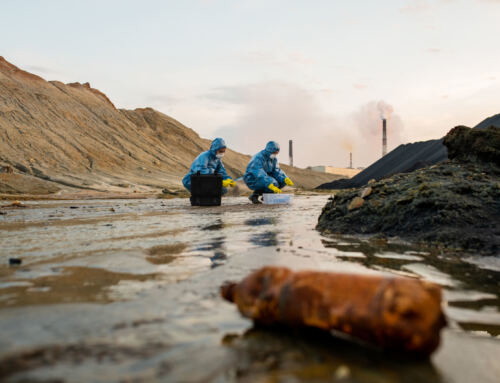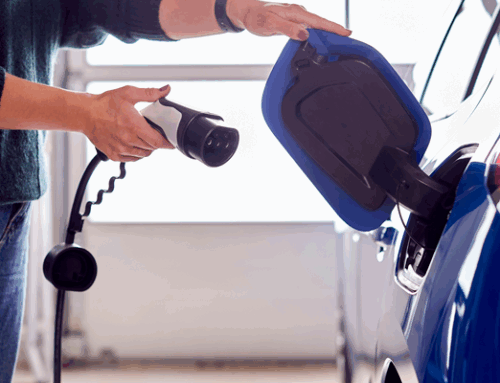The H.E.L Group of today has world reach and over 100 team members, among them highly skilled process and software engineers. It has become a leading producer of essential hazard-testing equipment to optimize lab-based chemical processing. And it all began with the desire to drive impactful lab safety.
In 1987 Dr Jasbir Singh founded Hazard Evaluation Laboratories after spotting the opportunity for automated testing solutions to serve the pharma, biotech, chemical, battery, and petrochemical sectors. The vision was to design, develop, and manufacture scientific instruments and software to ensure more accurate, reliable, and faster scale-up investigations. The name didn’t officially change to H.E.L Group until 2003, although customers and suppliers had been using the letters for many years.
Forever moving with the times
Over the last three decades, the company’s equipment portfolio has been constantly developing and diversifying. Everything produced keeps in step with industry needs and technological capabilities.
First from the production line came the Phi-TEC II in 1990. It makes it possible for customers to replicate manufacturing plant conditions in micro to accurately simulate realistic thermal runaway risks.
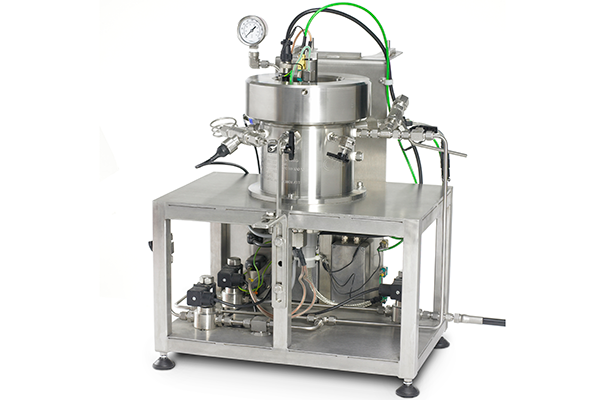

H.E.L’s first reaction calorimeter, the Simular, entered the market in 1993. To solve any heat-loss problems of scale-up testing, the Simular produces thermodynamic and kinetic reaction data to optimize process conditions. Automated testing in parallel was H.E.L’s next commercial innovation. The small-scale testing allows multiple reactions to happen at once and lends itself well to small lab work. H.E.L first supported this by launching the AutoMATE in 1999, with the compact Simular platform following in 2005.
Targeted testing and analysis have been a major focus of H.E.L’s
21st-century product development. The coming of ChemSCAN in 2001 introduced high-pressure reactions and catalyst screening for improved process crystallization. 2004’s CrystalSCAN made it possible to monitor crystallization reactions, and three years later, the CAT block came along, allowing several (up to 96) experiments to run simultaneously.
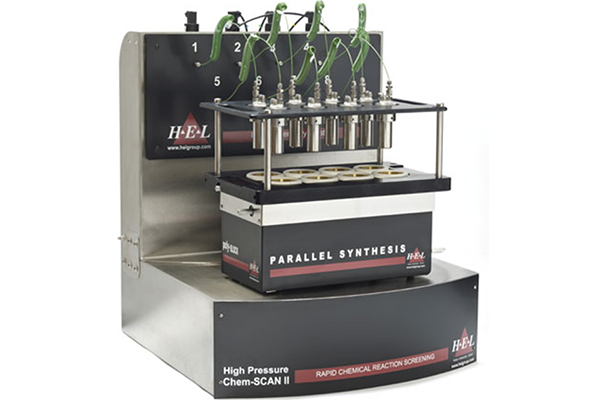
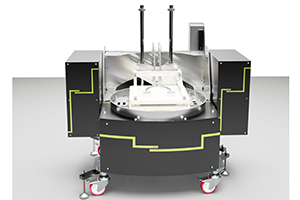
With experts predicting a 3.7-fold increase in demand for lithium-ion batteries between 2013 and 2020, H.E.L was quick to respond. In 2010 it brought its very first battery-testing calorimeter (BTC) to market, a move marking the start of the company’s BTC portfolio, allowing for the characterization and performance testing of batteries using adiabatic and isothermal calorimetry. In 2022, H.E.L brought out its latest in the portfolio, the iso-BTC+, which allows for the characterization of larger and more powerful batteries.
2010 also saw its first-ever high-pressure FlowCAT catalysis platform come to market, a system allowing continuous, high-throughput chemical processes.
Reacting to the world’s need
Within the company’s first ten years, it became clear that expansion would be needed. With H.E.L’s North London head office taking care of product design and production, the company’s first overseas base opened in 1996. Since then, other strategically placed international offices have opened, leading the way into the company’s overseas markets.
The location of these global centers reflects how international science communities develop and expand with time. Creating overseas subsidiaries has enabled H.E.L to offer regional audiences direct sales and marketing, service, and support operations at a pace to match demand. Where fast-growing markets, such as Asia, are typically 10-15 years behind more mature Western markets, growth has continued steady and assured.
H.E.L.’s current world reach
- 1996 sees US subsidiary established in Princeton, New Jersey
- 2009 New agent offices open in Beijing and Shanghai
- 2020 Market success sees the creation of a new China subsidiary
- 2021 To help meet US demand California and Missouri hubs opens
- 2022 Responding to biotech and pharma markets subsidiary opens on India’s west coast
Changes at the Top
Maximizing personal talent to support operational excellence and drive commercial intensity saw a new senior management team introduced to the company in 2018. At the forefront, H.E.L’s new CEO, Louise Madden, arrived with more than a decade’s experience in the analytical instrument sector.
In this new era, Louise was joined by a new Chief Finance Officer and Chief Commercial Officer. The team is working on its shared vision to take H.E.L to the next level in terms of its people, processes, infrastructure, and product innovation.
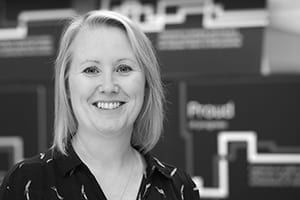
Achieving the highest standards
In line with its mission to make the world safer, healthier, and more sustainable, H.E.L was granted ISO 14001:2015 certification for its Environmental Management System (EMS) in June 2021. The framework has given the company an actionable plan that will see it minimize its waste production and asset wastage while increasing the take-up of recyclable and renewable materials.
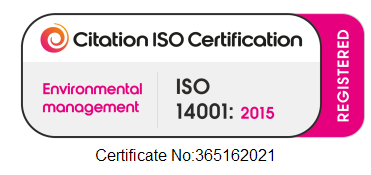
H.E.L now has a diverse list of over 60 environmental objectives to meet, a task that will see it, among other things, adopt electric-only company vehicles, increase the use of recycled packaging materials, and engage electricity suppliers that only generate from renewable resources.
This commitment to environmental protection goes beyond simply operating the business responsibly and fulfilling compliance obligations. It retains the desire for safety and effectiveness that brought H.E.L into being nearly 40 years ago.

